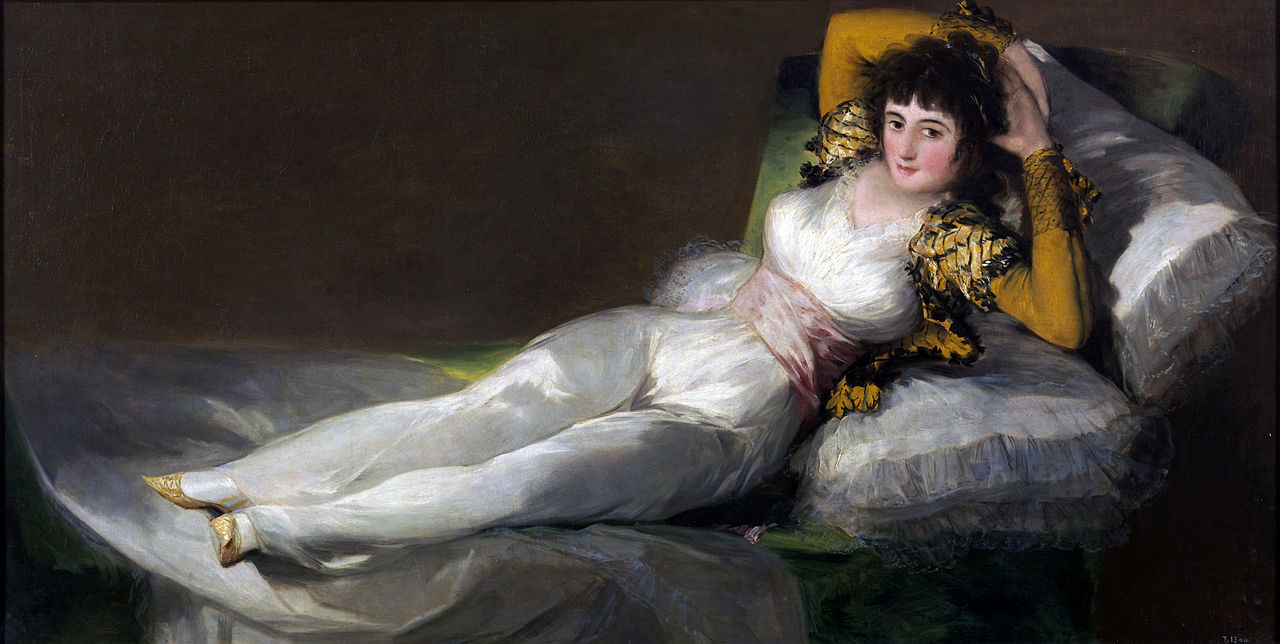True to form, that’s what Biden has done. As the most recent dismal
jobs report showed, he’s managed to screw up the economy by creating an
insensible welfare state where workers earn more sitting on their duffs
and collecting Joe’s stimulus checks. It will only get worse as Biden
seeks to expand government largess beyond sustainability.
Biden’s tax and spending plan will increase corporate taxes to 28%
from 21% costing a million jobs, according to the National Association
of Manufacturers. It gets worse. He wants to double the capital gains
tax to 43.4%, as well as hike death taxes and the top individual income
tax rate.
The net effect is that the American economy —still struggling to
revive from the pandemic precipice— will crater. Investments in small
businesses and new tech companies will dry up with less money
available. Consumers will pay higher prices as businesses pass along
the new tax to them. Jobs will slowly vanish and wages will diminish
when the tax shock forces companies to revamp and retract.
But Joe thinks it will all be worth it. His perverse dream of a
welfare state will come true. In reality, it will be an economic
nightmare.
My wife and I went to a restaurant the other night. There was only
one waiter and one chef to service the crowd intent on celebrating
Mother’s Day. But the hungry diners were told that the only thing the
kitchen could handle was pizza. And it would be an hour wait just to
get that.
What was the problem? It turns out that no one wanted to work at the
restaurant anymore. Why would they? When the government pays you not
to work, it’s nicer to sit on the couch watching ball games…or
frolicking at the beach…or playing with the kids in the park.
We found the same scenario unfolding at the nearby market. There was
only one cashier to service a store full of grocery shoppers. Again,
the reason was familiar —workers had no incentive to work. Indeed,
Biden had created a disincentive. His $2 trillion stimulus package
handed workers a “Biden Bonus” of $300 on top of their existing
unemployment check each and every week. Factor in other sumptuous
government payments and it makes little financial sense for millions of
Americans to work when they can pocket more money by not working.
Thus, I wasn’t at all surprised to learn that no one showed up at a
nearby job fair —except prospective employers desperately anxious to
fill needed jobs. I shared all of this with a few friends of mine over
coffee. They repeated identical stories. They noted signs on store
fronts and restaurants warning of staffing problems.
There is no scarcity of available jobs, mind you. It’s just the
opposite. Fewer people have a monetary motive to work. As the Wall
Street Journal noted, any worker earning less than $32,000 annually
would get a raise by going on unemployment, thanks to Joe’s “Biden
Bonus.” Thousands of employers have been complaining about it.
Loudly. But Biden either can’t hear or won’t listen.
All told, there are more than 8 million vacant jobs waiting to be
filled, according to the most recent data released by the U.S. Labor
Department. The problem is especially acute in food services and
accommodation, leisure and hospitality, state and local education, and
arts and entertainment. All of those open positions will never be
filled as long as idle workers can make more money collecting government
checks that will continue to roll in for the next six long months. I
can’t say that I blame them. Who wants to make less money by actually
working for it when you can make more money by not working at all? It’s
common sense.
What defies common sense is why Biden pushed for the increased
benefits just when the pandemic turned the corner, lockdowns were
lifted, more people got vaccinated, and businesses started opening up
again. That’s when the financial safety valve should have been turned
off. Instead, Biden kept the money spigot flowing wide open causing
direct harm to the recovering labor market…which, in turn, led to
further damage to companies and the economy.
Is it any wonder that 125,000 people quit their jobs in one month
alone? Should we be surprised that the U.S. added just 266,000 new jobs
in April —shockingly below the 1 million forecast by Wall Street or the
2 million estimated by some economists? Of course not. As Obama
coarsely predicted, Joe could screw up a free lunch.
All Biden had to do was nothing at all. The jobs market was poised
to take off like a SpaceX rocket. After a year of shutdowns that
devastated businesses, the engines of economic growth were primed and
ready to roar back to life. Then Joe stepped in and mucked up the
works.
Without a single Republican vote in either the House or Senate, the
president and his Democrat allies jammed through his $2 trillion-dollar
spending spree that dropped like an anvil on the jobs market. He was
warned it would happen, but he refused to unclog his ears. He was so
dedicated to the progressive ideal of a vast welfare state that he was
deaf and blind to the reality of fundamental economics. That is, while
it may be constructive to provide an emergency (and temporary) safety
net when jobs are in short supply, it is destructive and foolhardy to do
it when there’s a glut of open jobs.
Even an economic neophyte knows that a remedy only works during a
crisis, not when it recedes. You don’t apply iodine to a wound when the
infection subsides. You leave it alone and let it heal on its own.
The U.S. economy, like the human body, is resilient. It will recover if
you don’t over-treat or over-medicate. But Biden, who views himself as
the second coming of FDR, couldn’t help himself. His lame effort at
replicating the New Deal turned into the New Raw Deal. His decision to
hand out money like candy at the local fair made the economy sick at the
very moment it was poised to get well.
There is some good news. Nine governors who recognize the insane and
corrosive effect of the Biden give-away are rejecting the enhanced
federal benefits. They are following the lead of the U.S Chamber of
Commerce which called for the end to the “Biden Bonus.” But that still
leaves 41 states stuck with Joe’s program that actively discourages
people from returning to work. Thanks to Joe, the economy cannot
possibly produce enough goods and services to meet the soaring demand
now that the pandemic has eased.
Biden seems to be in denial that he overplayed his hand. He refuses
to accept the obvious facts corroborated by statistical evidence. He
dismissed the notion that his wasteful payments are to blame for the
anemic jobs numbers by saying, “We don’t see much evidence of that.”
Really? When was the last time you talked to a real employer, Joe? Or a
real worker? How long has it been since you shopped in a store or
dined in a public restaurant? Biden is oblivious. He has no idea
what’s going on outside his sequestered bubble.
Remember that Biden spent last year in a basement bunker in his
Delaware compound. Since being sworn in as president in January, he’s
barely emerged from the White House. When he does, everything is
carefully choreographed by his handlers. He rarely talks to reporters.
He’s been scolded for doing so and recently admitted it. His remarks
are always scripted in a teleprompter written by some unnamed aide who
takes his marching orders from…well…no one really knows. If Nixon was
the imperial president, Biden is the clueless president. (Read more.)






































